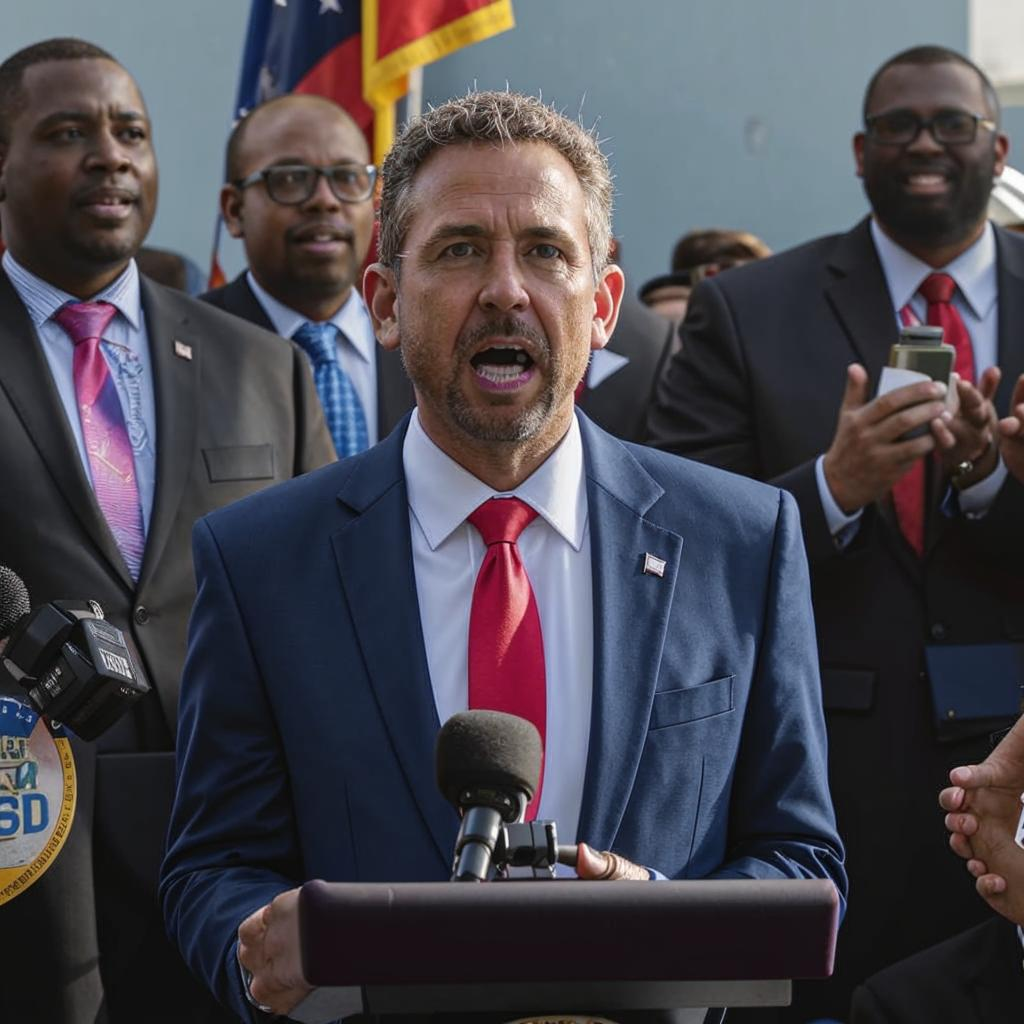The dream of homeownership is becoming increasingly elusive for many Americans as housing costs continue their relentless climb. Record-high mortgage rates, coupled with persistently elevated home prices, are squeezing potential buyers out of the market. For first-time homebuyers, the challenges are particularly acute. Saving for a down payment is difficult enough, but the added burden of high interest rates makes monthly mortgage payments unmanageable for many households.
The impact of this housing affordability crisis extends beyond individual families. It affects local economies, hindering workforce mobility and contributing to income inequality. Young professionals are delaying family formation and struggling to build wealth. The rental market is also feeling the pressure, with rising rents exacerbating the financial strain on low- and middle-income families.
Several factors contribute to the problem. Limited housing supply, driven by construction bottlenecks and zoning regulations, is a major driver of rising prices. Inflationary pressures, while moderating, continue to impact construction costs. Furthermore, investors and corporations buying up properties contribute to the reduced availability of homes for individual buyers.
Addressing this crisis requires a multi-pronged approach. Increasing housing supply through streamlined permitting processes and incentivizing construction is crucial. Government programs aimed at assisting first-time homebuyers with down payments and mortgage assistance can provide a much-needed boost. Moreover, addressing broader economic inequalities and raising wages can improve affordability for all Americans. The future of the American dream depends on tackling the housing affordability crisis head-on. Finishtit















